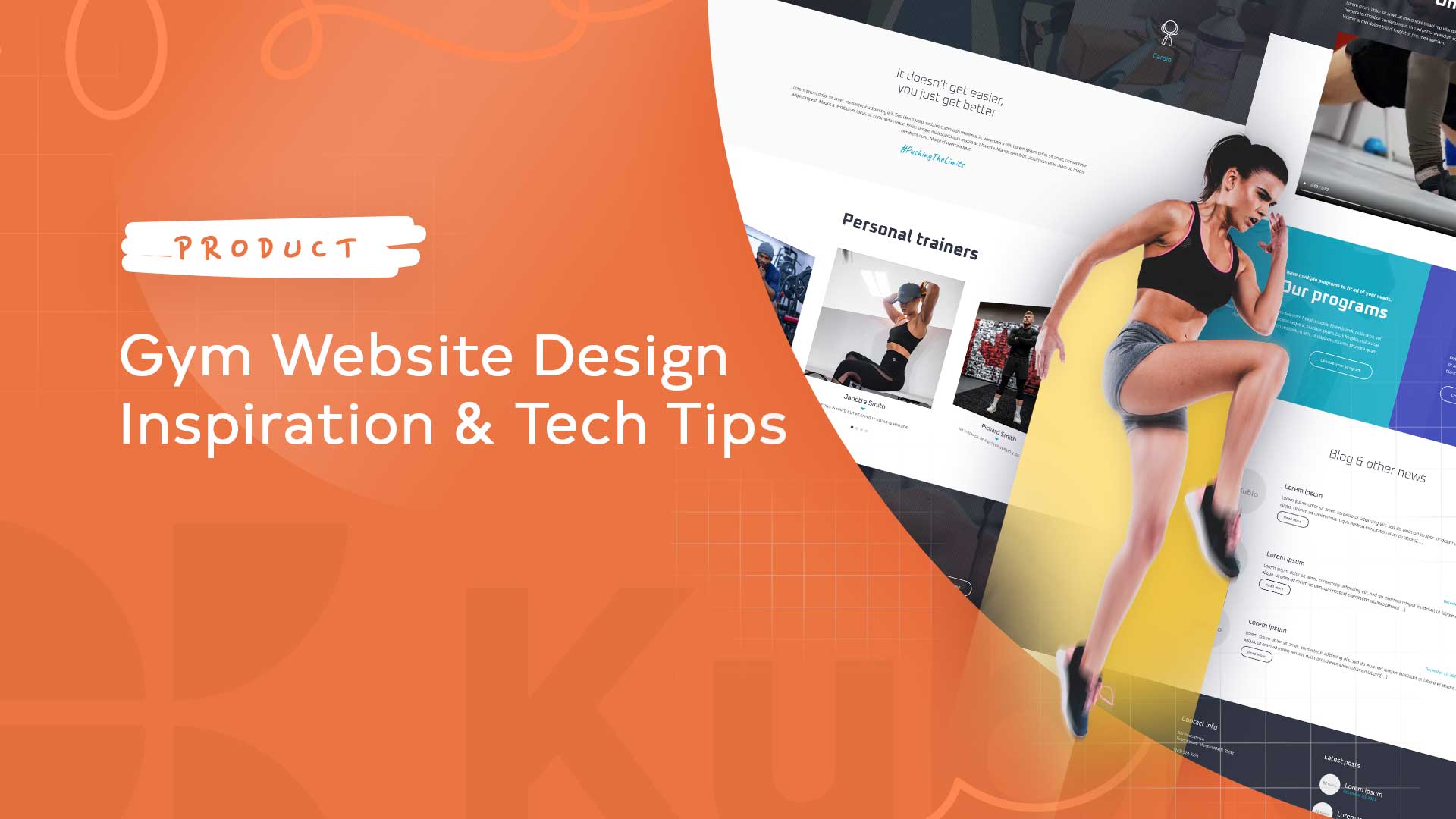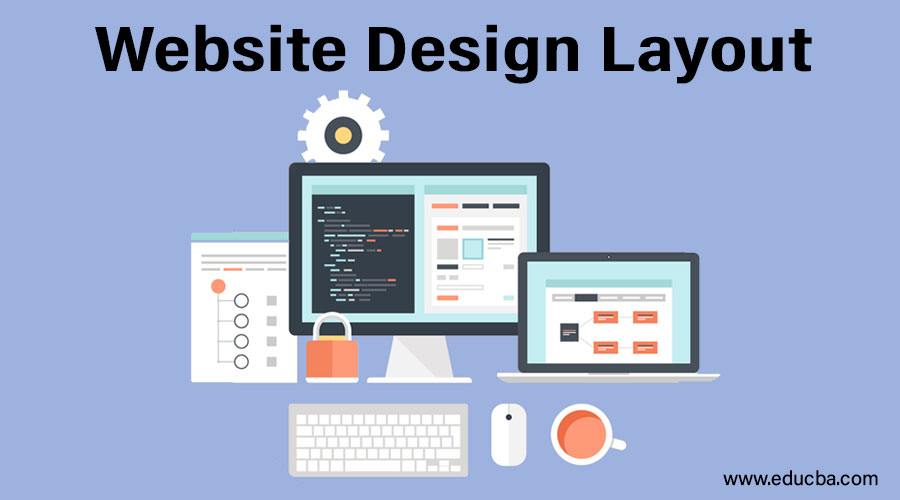Website Design in copyright: Building Mobile-Friendly Websites for Modern Audiences
Wiki Article
Achieve Online Success With User-Friendly Website Style
In the progressively competitive digital landscape, the layout of a web site can be an essential aspect in identifying a business's success. Straightforward style not only boosts the general user experience yet likewise affects essential metrics such as retention, interaction, and conversion prices. By prioritizing user-friendly navigation and access, organizations can cultivate a much more comprehensive environment that attract a broader audience. However, comprehending the details concepts and features that add to efficient layout needs a more detailed assessment of current patterns and ideal practices, which can reveal chances for substantial improvement.Importance of User Experience
Individual experience (UX) plays a crucial function in the success of a website, as it directly affects customer satisfaction and engagement. A favorable UX makes sure that visitors can browse the website effortlessly, access details promptly, and total desired activities, such as authorizing or making an acquisition up for a newsletter, without disappointment.
In an electronic landscape where competitors is intense, a website that focuses on UX can substantially enhance brand name loyalty and retention. Customers are most likely to go back to a site that supplies a seamless experience, developing a cycle of repeat sees and boosted customer lifetime worth. Effective UX style can lower bounce rates, as customers are less inclined to leave a website that meets their requirements efficiently.
Furthermore, search engines progressively take into consideration customer experience factors when ranking sites. Therefore, investing in individual experience is necessary for accomplishing lasting success in the electronic market.
Key Concepts of User-Friendly Layout
An effective straightforward layout rests on numerous vital concepts that boost use and access. Is simplicity; a clutter-free interface allows individuals to navigate effortlessly, decreasing cognitive load. This concept stresses the value of clear and concise content, permitting customers to discover information quickly without unneeded distractions.Consistency is an additional crucial component. Regular use colors, fonts, and formats fosters knowledge and develops count on. Customers must feel comfy as they explore various sections of the internet site, understanding that similar components represent relevant performances.
Reliable typography likewise plays a crucial duty in easy to use layout. Readable fonts, proper sizes, and appropriate spacing guarantee that content is conveniently readable throughout numerous devices. In addition, integrating instinctive visual pecking orders aids individuals recognize key info and activities at a glance.

Crucial Features for Navigation
Efficient navigating is vital for any kind of straightforward site, as it directly influences the total user experience. A well-structured navigation system enables individuals to situate details quickly and efficiently, decreasing aggravation and boosting involvement.One crucial feature is a clear and user-friendly menu that categorizes material rationally - website design copyright. This menu ought to be quickly available from every web page, commonly positioned on top or on the side of the web site. Furthermore, integrating breadcrumb navigation helps users understand their location within the website power structure and makes it less complicated to backtrack
Look performance is one more important component, enabling customers to discover particular web content without looking with several pages. This feature needs to be plainly shown and responsive to variants in input.
Additionally, a mobile-responsive style guarantees that navigation continues to be seamless across tools. As mobile use remains to climb, food selections ought to adjust to various display sizes without endangering performance.
Lastly, aesthetic hints such as highlighting the active web page and utilizing hover effects can boost individual communication. By incorporating these important features, web site designers can develop a navigational experience that is not only straightforward however also motivates exploration and retention.
Availability Considerations
Access considerations are indispensable to producing an user-friendly web site that accommodates all people, no matter their capacities or impairments (website design copyright). Internet sites need to be designed to make sure that customers with visual, acoustic, cognitive, or electric motor impairments can involve with material effectively. This begins with adherence to the Web Web Content Ease Of Access Standards (WCAG), which give a framework for making digital web content more easily accessibleTrick practices include using detailed alternative text for pictures, making sure shade comparison ratios satisfy accessibility requirements, and giving captions for multimedia elements. Furthermore, the navigating must be intuitive, enabling customers to tab via web links and interactive elements easily. Executing keyboard navigation is vital for those incapable to use a mouse.
Furthermore, concise and clear language improves comprehension for individuals with cognitive restrictions. Types must be simple, with labels and directions that are understandable. Routine availability testing, including user feedback from individuals with disabilities, can help recognize obstacles and boost usability.
Measuring Layout Success

User responses studies and functionality testing are vital in examining the efficiency of design components. These approaches enable designers to collect straight input from users, identifying discomfort factors and areas for improvement. In addition, tracking heatmaps can expose where users click most regularly, aiding look at this now to notify layout changes and content prioritization.
Google Analytics can track individual habits, disclosing patterns that indicate whether the style is promoting or hindering the user trip. Ultimately, a successful site style not just fulfills organization purposes but navigate to this site also fosters a seamless and satisfying customer experience, driving involvement and commitment over time.
Verdict
To conclude, user-friendly website style is vital for attaining on-line success. Prioritizing user experience through simplicity, intuitive navigation, and reliable responses devices not just improves individual interaction and fulfillment however likewise fosters brand commitment. Including crucial navigating functions and ease of access factors to consider better guarantees that all users can effectively connect with the website. Eventually, measuring layout success gives useful insights that guide continual enhancement, solidifying a solid on the internet presence in an affordable digital landscape.Sites have to be developed to make certain that individuals with aesthetic, auditory, cognitive, or motor disabilities can involve with material successfully.Determining layout success involves examining how successfully a website satisfies its desired objectives while offering a favorable customer experience. Google Analytics can track user habits, disclosing patterns that indicate whether the style is hindering the user or assisting in trip. Ultimately, a successful web site layout not only meets service purposes yet also fosters a enjoyable and seamless individual experience, driving interaction more helpful hints and commitment over time. Focusing on customer experience via simpleness, intuitive navigation, and efficient comments systems not just improves individual involvement and contentment but also fosters brand loyalty.
Report this wiki page